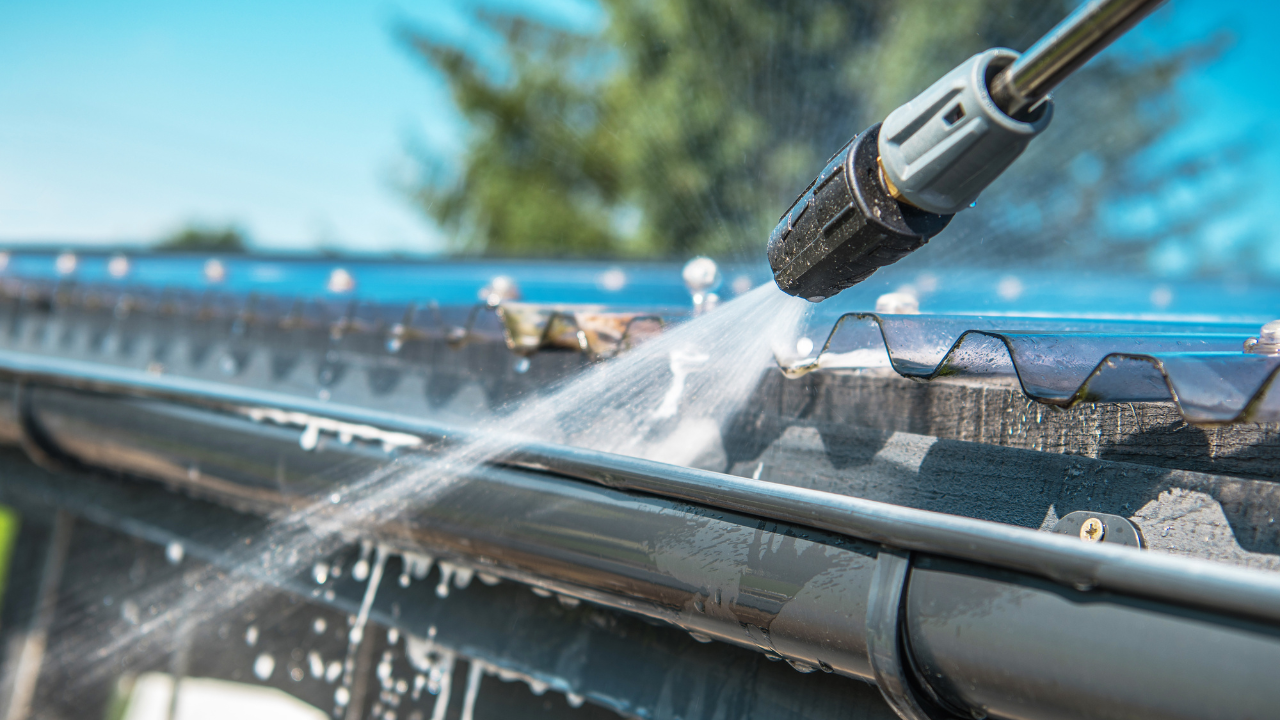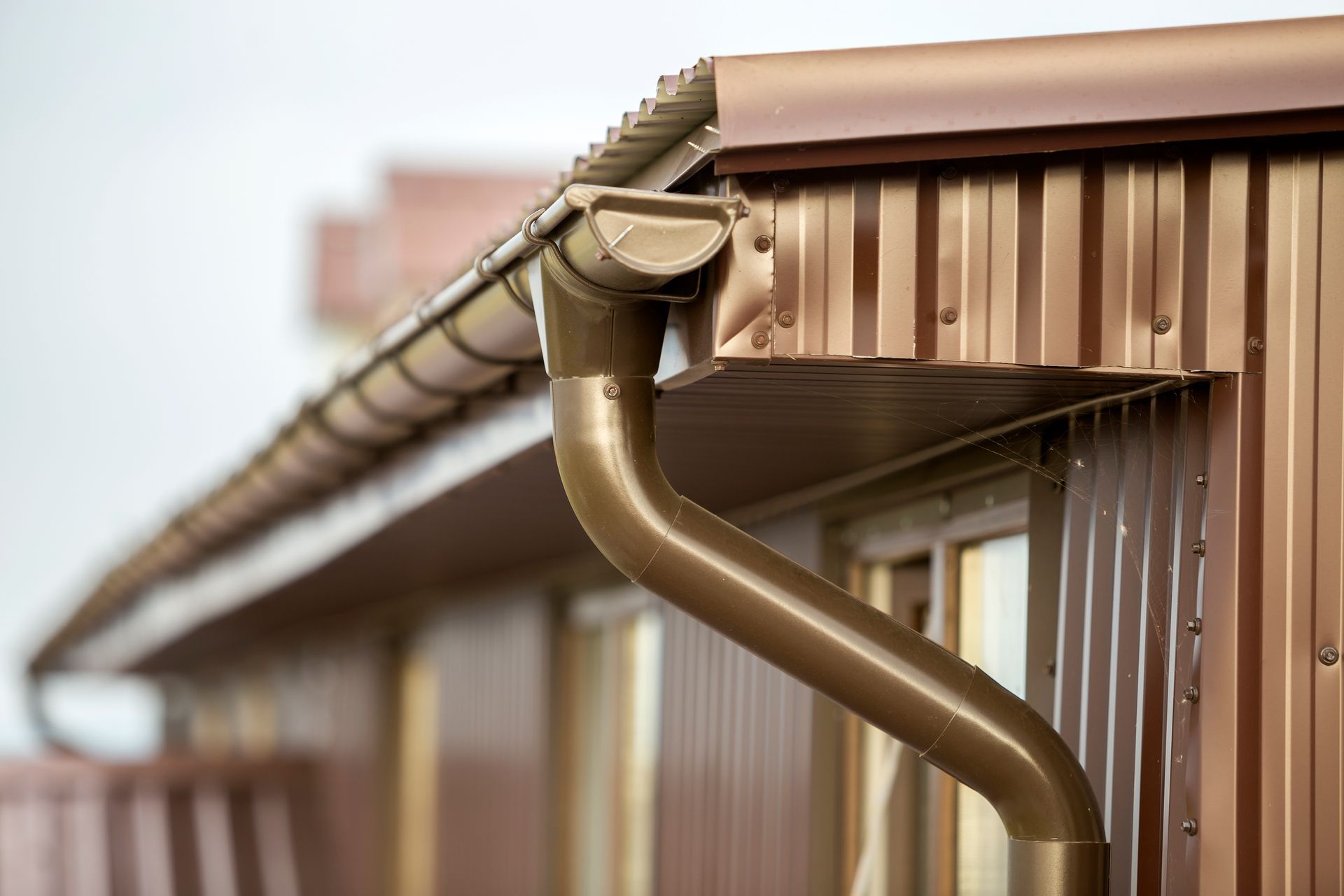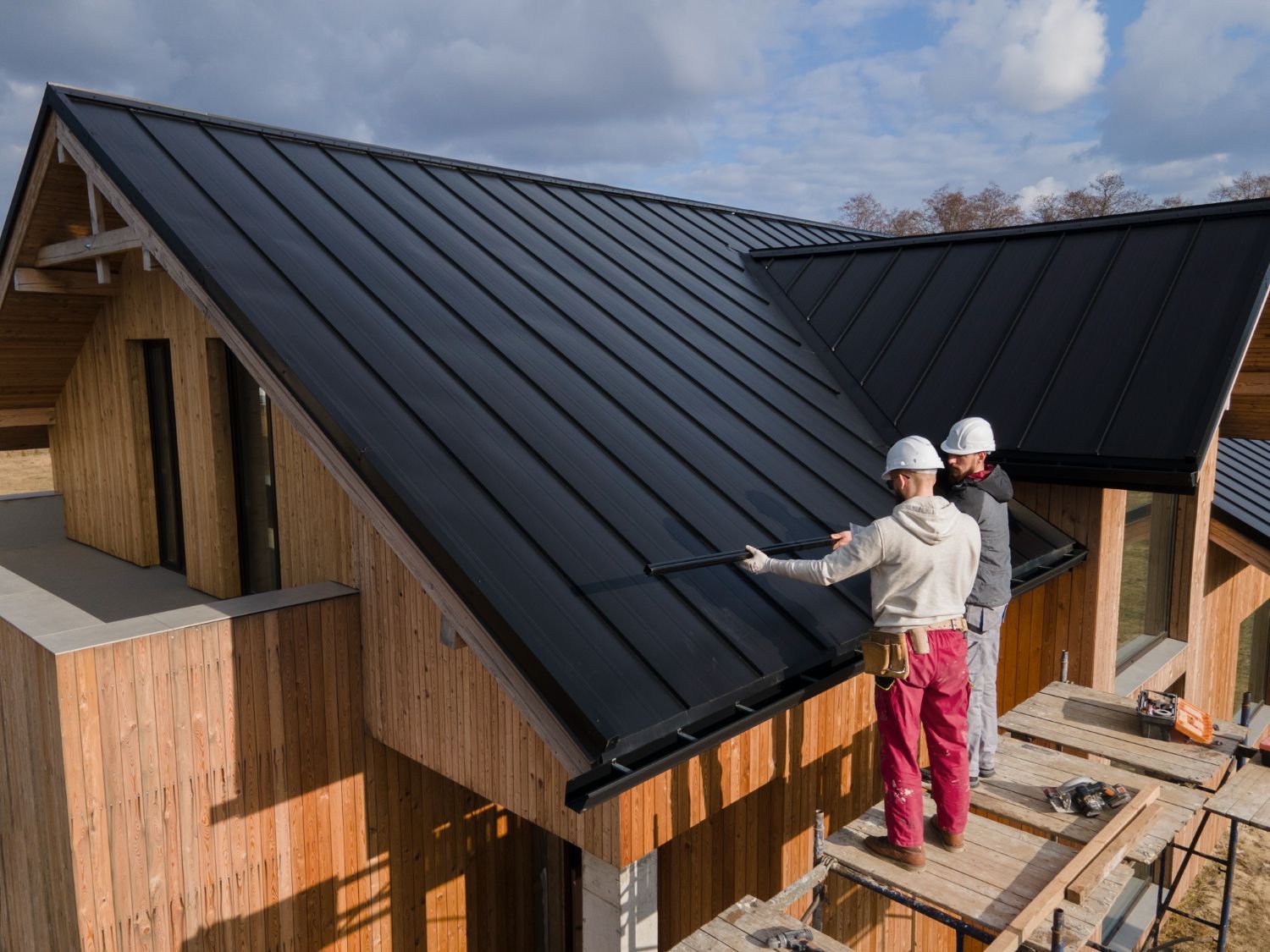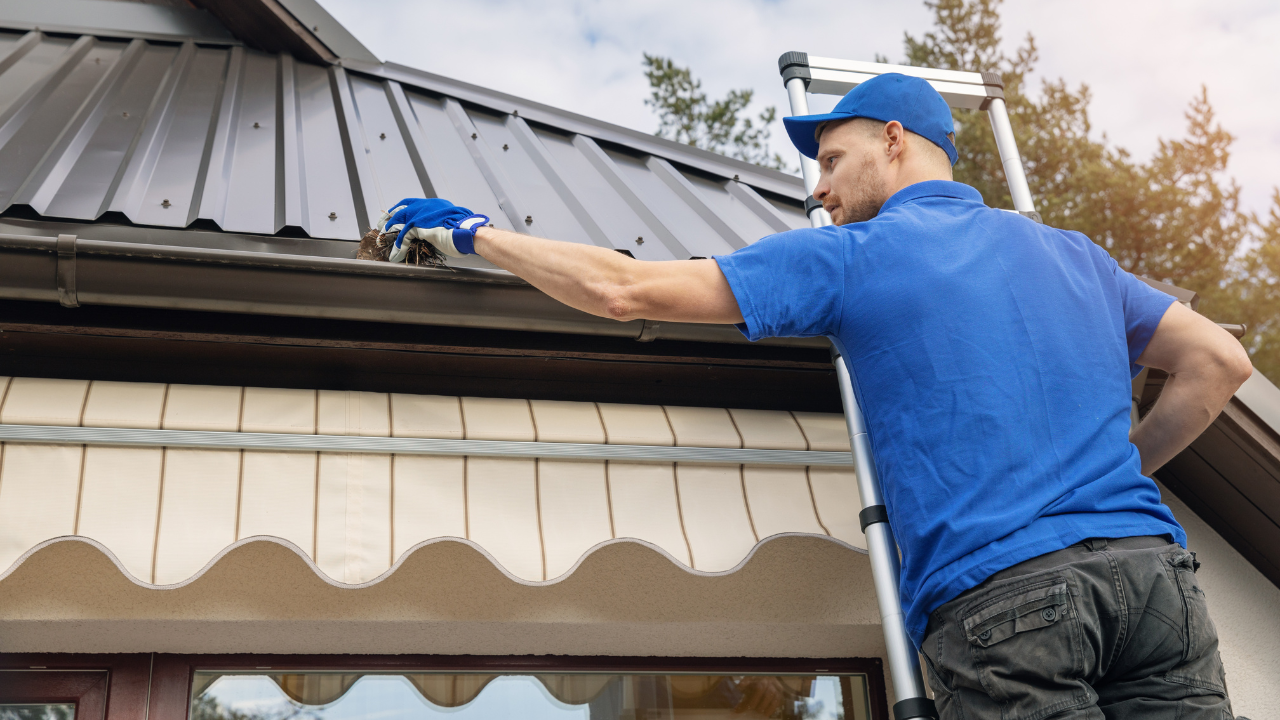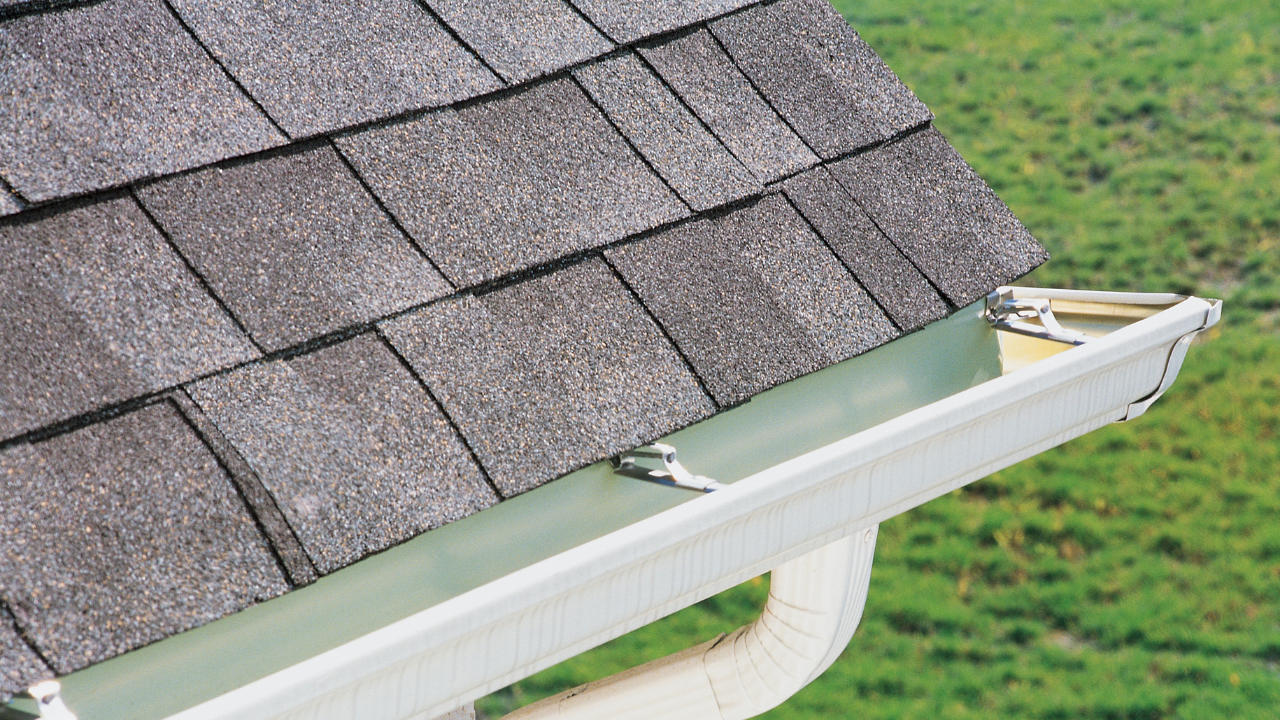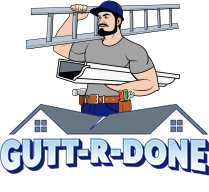Complete Guide About Gutter Guard Installation for Manchester Homeowners
We understand that protecting your home from water damage starts with maintaining an effective gutter system. Installing gutter guards can transform how we manage our home's drainage, preventing clogs and reducing maintenance needs significantly.
For Manchester, CT residents, proper gutter protection becomes especially crucial given our region's diverse weather patterns throughout the year.
Summary
- Gutter guards dramatically reduce maintenance needs by preventing leaves and debris from accumulating in your gutters
- Different guard types offer varying levels of protection, with mesh and micro-mesh options providing the most comprehensive coverage
- Professional installation ensures optimal performance and can extend your gutter system's lifespan by several years
- Proper preparation and safety measures are essential for successful DIY installation, though professional expertise often delivers superior results
How Gutter Guards Work to Protect Your Home
We've seen countless Manchester homeowners struggle with clogged gutters, especially during our heavy autumn leaf falls and spring storms. Gutter guards function as protective barriers that allow water to flow freely while blocking debris from entering your gutter system.
The science behind effective gutter protection involves surface tension and water adhesion. Quality guards use these principles to guide rainwater around the guard's edge and into the gutter channel, while leaves and larger debris slide off the roof entirely. This process eliminates the primary cause of gutter blockages that we frequently encounter in Connecticut homes.
Types of Gutter Guards Available
When we examine gutter guard options, several distinct categories emerge. Mesh guards feature fine screening that blocks most debris while maintaining excellent water flow. These work particularly well for homes surrounded by trees with smaller leaves, common throughout Manchester neighborhoods.
Micro-mesh guards represent the premium option, utilizing extremely fine screening that prevents even pine needles and small debris from entering. We recommend these for homes near coniferous trees or areas with heavy pollen production.
Foam inserts provide an economical solution that fits directly inside existing gutters. While less expensive, they require more frequent cleaning and may need replacement every few years.
Key Takeaways
- Surface tension principles allow water to flow while blocking debris effectively
- Mesh and micro-mesh guards offer the most comprehensive protection for Manchester homes
- Different guard types suit various debris challenges and budget considerations
Preparing for Gutter Guard Installation
Before we begin any installation project, thorough preparation ensures optimal results and safety. We always start by cleaning existing gutters completely, removing all debris, sediment, and any signs of rust or damage. This step reveals underlying issues that could compromise guard performance.
Safety equipment forms our foundation for any gutter work. We never compromise on using sturdy ladders, non-slip shoes, and having a spotter present during installation. Manchester homes often feature multi-story designs that require extra caution when working at height.
Measuring your gutters accurately determines material needs and prevents costly mistakes. We measure each gutter run separately, accounting for corners, downspouts, and any architectural features that might affect guard placement.
Tools and Materials Needed
Our installation toolkit includes essential items that ensure professional-quality results. Heavy-duty tin snips or a miter saw handle cutting guards to precise lengths. We prefer tools that create clean edges without deforming the guard material.
Roofing cement or appropriate fasteners secure guards according to manufacturer specifications. Different guard types require specific attachment methods, and using incorrect fasteners can void warranties or compromise performance.
A chalk line helps maintain straight installation lines, particularly important for longer gutter runs where minor deviations become noticeable. Professional appearance matters as much as functionality for most homeowners.
Weather Considerations for Manchester
Connecticut weather patterns significantly impact installation timing and material choices. We avoid installing guards during wet or windy conditions that compromise safety and installation quality. Late spring through early fall provides optimal conditions for gutter work in our region.
Temperature considerations affect certain guard materials, particularly vinyl or plastic components that may become brittle in cold weather. We recommend avoiding installation when temperatures drop below 50°F for these materials.
Key Takeaways
- Complete gutter cleaning and inspection must precede guard installation
- Proper safety equipment and weather conditions are non-negotiable for successful installation
- Quality tools and precise measurements prevent common installation problems
Step-by-Step Installation Process
We approach gutter guard installation systematically, ensuring each step builds upon the previous one for optimal results. The process begins with positioning the first guard section at the gutter's starting point, typically near a downspout or corner.
Proper overhang remains critical for effective water collection. We position guards so they extend slightly under the roof's first shingle row while maintaining adequate overhang into the gutter channel. This positioning prevents water from overshooting during heavy rainfall events common in Manchester.
Working methodically along each gutter run, we maintain consistent spacing and alignment. Overlapping connections between guard sections should follow manufacturer specifications, typically ranging from half-inch to full-inch overlaps depending on the guard style.
Securing Guards Properly
Different attachment methods suit various roof and gutter configurations. Under-shingle installation provides the most secure mounting for guards designed to slide beneath existing roofing materials. This method distributes weight evenly and prevents wind uplift.
Clip-on systems offer easier installation for gutters with specific profiles or when roof access proves challenging. We ensure clips engage fully with gutter edges and test security before moving to the next section.
Some situations require drilling pilot holes for screw attachments. We use corrosion-resistant fasteners and apply roofing cement to prevent leaks around penetrations.
Handling Corners and Downspouts
Corner installations require careful measuring and cutting to maintain proper water flow. We create precise miter cuts that allow guards to follow gutter contours without creating gaps where debris might accumulate.
Downspout areas need special attention to ensure guards don't interfere with water flow into downspout openings. We typically cut guards to end just before downspout entrances, allowing unrestricted drainage.
End caps complete the installation by sealing guard termination points. These prevent debris from entering through guard ends while maintaining the system's finished appearance.
Key Takeaways
- Systematic installation with proper overhang ensures optimal water collection and debris protection
- Secure attachment methods prevent guard displacement during severe weather events
- Corner and downspout details require precise cutting and fitting for professional results
Common Installation Mistakes to Avoid
Through years of experience in Manchester, we've identified recurring installation errors that compromise gutter guard performance. Inadequate roof pitch consideration tops our list of common mistakes. Guards must accommodate your roof's specific slope to maintain proper water flow during heavy rainfall.
Improper fastening creates security issues that become apparent during the first significant storm. We see many DIY installations where guards pull away from gutters because fasteners weren't appropriate for the specific gutter material or guard type.
Insufficient cleaning before installation causes problems that may not appear immediately. Debris trapped beneath guards continues decomposing, potentially creating acidic conditions that accelerate gutter corrosion over time.
Measuring and Cutting Errors
Inaccurate measurements lead to gaps or excessive overlaps that affect both function and appearance. We always measure twice and account for thermal expansion that occurs with temperature fluctuations throughout Connecticut's seasonal changes.
Poor cutting techniques create jagged edges that look unprofessional and may cause injury during installation. Clean, straight cuts require appropriate tools and steady technique, particularly when working on ladders.
Failure to account for gutter expansion joints can cause guards to buckle or separate as gutters expand and contract. We leave appropriate gaps at expansion joints to accommodate this movement.
Safety Oversights
Ladder placement errors cause more gutter installation accidents than any other factor. We position ladders on level, stable surfaces and maintain the proper angle to prevent tipping or sliding.
Working alone increases risk significantly, especially for multi-story homes. We recommend having someone present to steady ladders and provide assistance when needed.
Ignoring electrical hazards around power lines or outdoor electrical fixtures can have serious consequences. We maintain safe distances from all electrical components throughout the installation process.
Key Takeaways
- Proper roof pitch consideration and secure fastening prevent common performance issues
- Accurate measuring and clean cutting techniques ensure professional-quality results
- Safety protocols including proper ladder use and electrical awareness prevent accidents
Maintenance and Long-Term Care
Even with quality guards installed, we recommend regular inspection and minimal maintenance to ensure continued performance. Annual inspections help identify potential issues before they become costly problems, particularly important for Manchester homes exposed to varying weather conditions.
Debris accumulation on guard surfaces requires occasional cleaning, especially during heavy leaf-fall periods. Most guards simply need gentle brushing or low-pressure water rinsing to remove accumulated material.
Ice dam prevention becomes particularly relevant for Connecticut homeowners. Properly installed guards help maintain consistent water flow that reduces ice dam formation, but we still recommend monitoring for ice buildup during winter months.
Signs Guards Need Attention
Water overflow during moderate rainfall suggests blockage or improper installation. We investigate immediately when gutters overflow despite guard protection, as this indicates system compromise.
Visible sagging in guard sections points to inadequate support or fastener failure. This requires prompt attention to prevent guard displacement or damage.
Accumulated debris in gutters below guards indicates potential guard damage or improper installation. Effective guards should prevent virtually all debris from entering gutter channels.
Professional Maintenance Benefits
While basic maintenance falls within most homeowners' capabilities, professional service provides advantages that justify the investment. We possess specialized tools and experience that identify subtle problems before they escalate.
Warranty protection often requires professional maintenance to remain valid. Many guard manufacturers specify maintenance requirements that must be performed by qualified technicians.
Safety considerations make professional service attractive for multi-story homes or complex roof configurations. We handle maintenance safely and efficiently, reducing homeowner risk.
For Manchester residents seeking professional gutter guard installation or maintenance services, we encourage contacting Gutt-R-Done at (860) 637-7813 to discuss your specific needs and ensure optimal protection for your home investment.
Key Takeaways
- Regular inspection and minimal maintenance ensure continued guard performance and longevity
- Professional maintenance provides safety benefits and may be required for warranty protection
- Early problem identification prevents costly repairs and maintains system effectiveness
